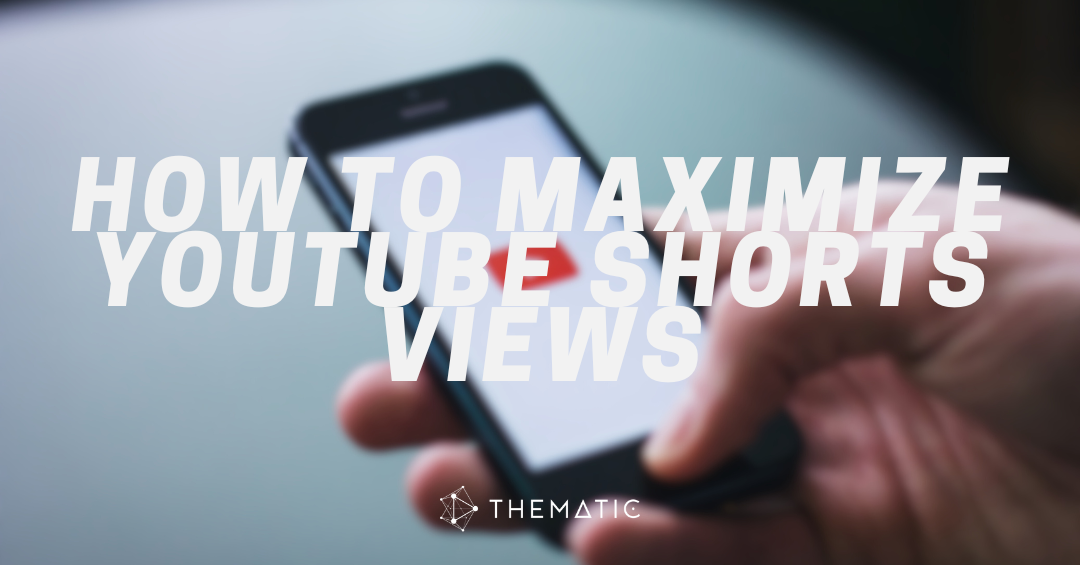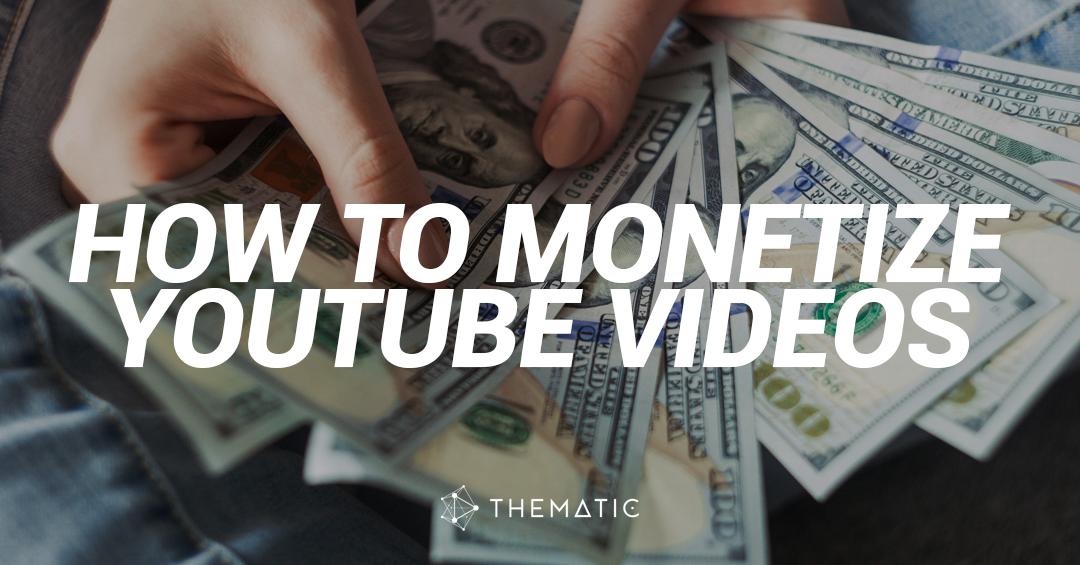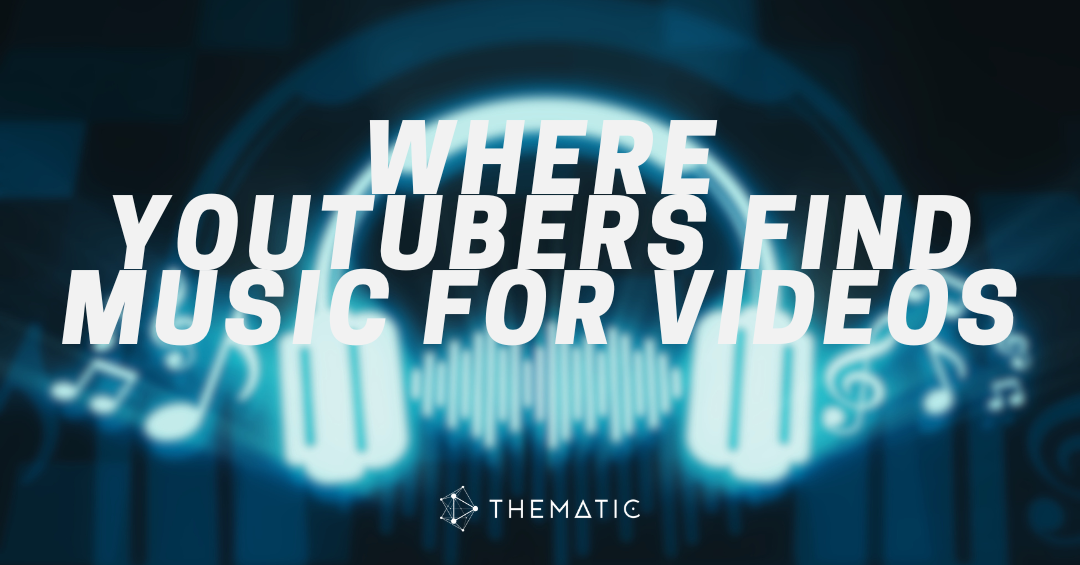
Podcasts have been steadily gaining in popularity over the years and for good reason. They offer a convenient way to consume content on the go, whether commuting to work or running errands. But with so many different types of podcasts available, it can be hard to know where to start.
That’s where this ultimate guide to podcast structures and formats comes in. Whether you’re just starting a podcast or are looking to expand your horizons, this guide will provide all the information you need to get started. From narrative storytelling to interview-style podcasts and everything in between, we’ll cover it all. So please sit back, relax, and let’s dive into the world of podcasts!
Choosing the right format for a podcast is crucial to its success. It’s important to consider the content you want to share and the audience you’re trying to reach. A narrative storytelling podcast may be perfect for those who want to tell a captivating story, while an interview-style podcast may be better suited for those who want to share insights and expertise. It’s also important to consider the length and frequency of your podcast, as well as the production quality. By defining the right format for your podcast, you can create a more engaging and enjoyable listening experience for your audience.
Table of Contents:
- Podcast Formats
- Most popular podcast formats
- Elements of podcast structure
- Best length for your podcast
- How to structure your podcast
- Vodcasts vs Podcasts
- Tips for recording a high-quality podcast
What are the formats for podcasts?
Podcasts can be structured in various ways depending on the content and purpose of the podcast. Here are some podcast formats to consider:
- The Interview: A host interviews a guest on a specific topic. This format is popular in podcasts like The Tim Ferriss Show and The Nerdist.
- Storytelling or Serial Storytelling: The podcast tells a narrative story throughout several episodes. Examples of podcasts that use this format include Serial and This American Life.
- Roundtable Discussions: Also known as interviews and conversations, a group of hosts discuss various topics. This format is used in podcasts like The Daily Zeitgeist and The View.
- Solo shows, where a single host shares their thoughts and opinions. Examples of this format include The Daily and The Ben Shapiro Show.
What podcast format is most popular?
According to a recent study by Edison Research, the interview format is the most popular for podcasts. The study found that 58% of podcast listeners prefer interviews, and 47% prefer a conversational format. The study also showed that only 10% of listeners prefer a solo host format. These findings suggest that listeners enjoy hearing from multiple perspectives and voices in their podcasts.
What elements should you consider for your podcast structure?
When it comes to creating a successful podcast, your podcast structure is critical. Here are some key elements to consider when planning out your podcast structure:
- Introduce the topic: Start each episode with a clear and concise introduction of what you will be discussing. This will give listeners an idea of what to expect and help them stay engaged throughout the episode.
- Segment your content: Break up your content into smaller sections or segments. This will help keep the episode organized and make it easier for listeners to follow along.
- Use music and sound effects: Adding music and sound effects can help create a more immersive listening experience. Be mindful of copyright laws when selecting music. You can use platforms like Thematic to download copyright-free music for your podcast.
- Include guest interviews: Having guests on your podcast can add variety and depth to your content. Make sure to plan out the interview questions ahead of time to ensure a smooth and engaging conversation.
- Have a call to action: Encourage listeners to engage with your podcast by including a call to action at the end of each episode. This could include asking them to leave a review, follow you on social media, or share the episode with friends.
Remember, your podcast structure should be tailored to your specific content and audience. Take the time to experiment and find what works best for you.
How long should my podcast be?
When determining the ideal length for a podcast episode, there is no one-size-fits-all answer. Data suggests that the sweet spot for most listeners falls between 20 and 40 minutes. According to Edison Research, the average length of a podcast episode in 2020 was 43 minutes. However, this varies widely depending on the genre and topic of the podcast.
Our advice is that the depth and intensity of your content determine the length of a podcast episode. Consider other types of media. When you watch a movie or read a book with a lot of fillers with little value, it becomes dull and no longer makes sense, making it difficult to find a conclusion. When episodes are unnecessarily long is a significant communication problem and makes your podcast seem like an afterthought. As the French philosopher and mathematician Blaise Pascal famously wrote: I would have written a shorter letter, but I did not have the time.
Ultimately, the length of your podcast should be determined by your content and audience preferences; thankfully, you have access to data for that.
How do I structure my podcast?
To create the perfect podcast structure, focus on three key elements: the beginning, middle, and end.’
- The beginning is your chance to hook listeners and draw them into your episode. Tell them what they are going to learn or experience.
- The middle should contain the main content of your show.
- The end is the perfect opportunity to remind your audience what they’ve gained from listening and what to do next.
Make sure to remind your audience to follow and share in between each section.
What is the difference between vodcast and podcast?
Podcasts and vodcasts are two popular forms of digital media that have gained immense popularity in recent years. A podcast is an audio-based program that can be downloaded or streamed online. It is typically an episodic series that covers a specific topic or subject matter. On the other hand, a vodcast is a video-based program similar to a podcast in format and content but includes video footage. Both podcasts and vodcasts can be accessed through various platforms such as iTunes, SoundCloud, and YouTube. While podcasts are more audio-focused, vodcasts offer a visual element that can enhance the overall experience. However, both digital media forms have unique advantages and can cater to different audiences depending on their preferences.
How to record a high-quality podcast?
To record a high-quality podcast, first invest in a good-quality microphone and recording software to ensure clear, crisp audio. Find or adapt your space so it’s quiet, free from background noise and distractions.
Use ambient decor to improve the acoustics of the room, for example:
- Have a cloth couch
- Get a decorative rug
- Design interesting shapes in your walls with acoustic panels
The idea is to prevent eco and your voice from bouncing on the walls, floor, ceiling, and equipment.
Consider using a pop filter to minimize plosives and invest in a mic stand or shock mount to reduce vibrations and handling noise. Practice good microphone technique and adjust your recording levels to avoid distortion. Finally, edit your recording to remove unwanted noise or interruptions and ensure a polished final product.
If you plan on making a vodcast out of your podcast, ensuring your setup is camera-ready is crucial. This includes having proper lighting and acoustics. Here are some considerations for creating your own vodcast set.
- Audio is critical for video, so acoustics are still crucial.
- You can plan on making the microphones part of the decoration of the set or invest in lapel microphones so it feels more like a TV production.
- Incorporate podcast branding or topic elements into the set to enhance the experience.
- Lights and light fixtures can make the set more exciting and camera-friendly
- Use LED light panels with a diffuser to illuminate yourself and your guests
- Small LED boxes can add color to backgrounds and walls
- Invest in a good camera designed for video
- Avoid mixing video captured by phones and cameras as they have different recording formats and can create an inconsistent texture in your video, making it difficult to edit.
Remember that producing a podcast can be both fun and a lot of work. Initially, it may feel like you’re speaking to an empty room, but you’ll attract a growing audience with time, great content, and dedication.
It can be tempting to emulate successful podcasts but strive to develop a unique personality for your show. Finding the correct elements and music that align with your vibe, topic, or theme can help establish your podcast’s distinct personality and brand.
Discover some of our favorite copyright-free music for podcasts in our Top 10 Royalty-Free Songs for Podcasts list here or browse some of our curated podcast music playlists here.
If you’re ready to level-up your podcast soundtrack with great royalty-free music and join a collaborative and thriving community of creators, sign-up for a free Thematic account today.
Looking for more creator tools and resources? Visit Thematic’s Creator Toolkit for additional resources on creating content – including starting a YouTube channel, thumbnail and channel art templates, best practices, and of course, great royalty free songs to use in your videos for free with Thematic.

This Ultimate Guide to Podcast Structures and Formats is brought to you by Thematic Director of Partnerships, Stephanie Leyva
Stephanie Leyva sits at the intersection of music artists and content creators. As the Director of Partnerships at Thematic, Stephanie has worked extensively with the artist and creator community on the site to ensure success digitally, on the platform, and support their initiatives.
Over the past few years, she has led numerous trending music-driven influencer marketing campaigns for “Glitter” and “Supalonely (feat. Gus Dapperton” by BENEE, “Loneliness for Love” by Lovelytheband, “Checklist (feat. Chromeo)” by MAX and so many more. She’s worked alongside various labels such as Casablanca Records, Republic Records and Sony Music. Focused on empowering connections between content creators and music artists, Stephanie continues to lead the charge in innovative music discovery through social.
Stephanie is also the creator of the Bloom In Progress podcast – a podcast about personal growth, relationships and navigating life in your 20’s.



